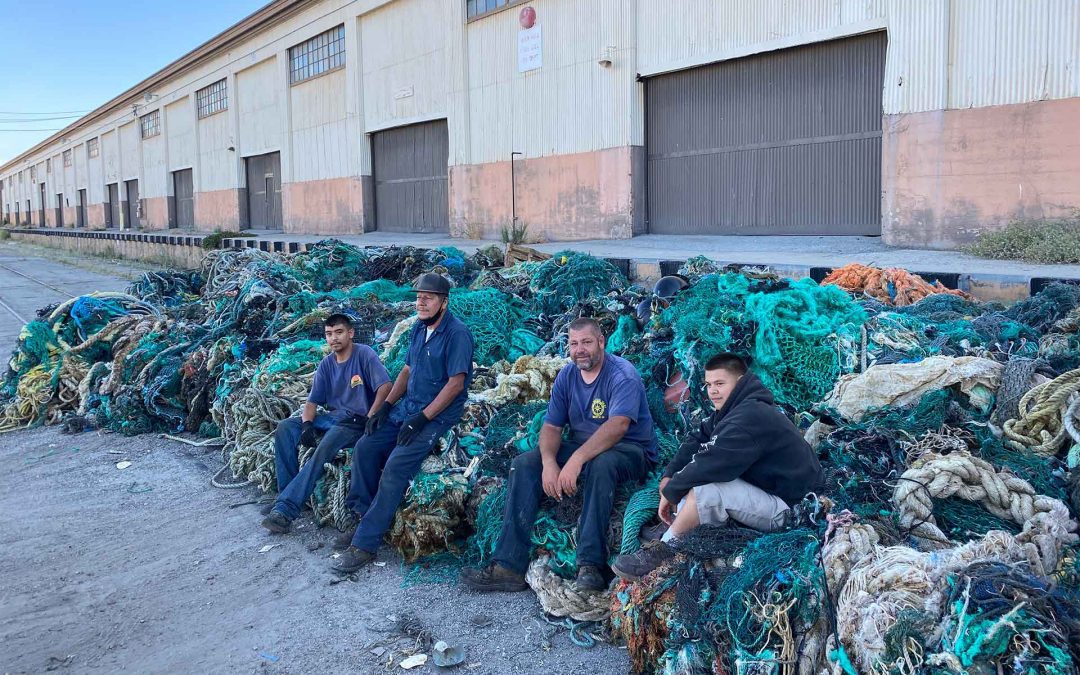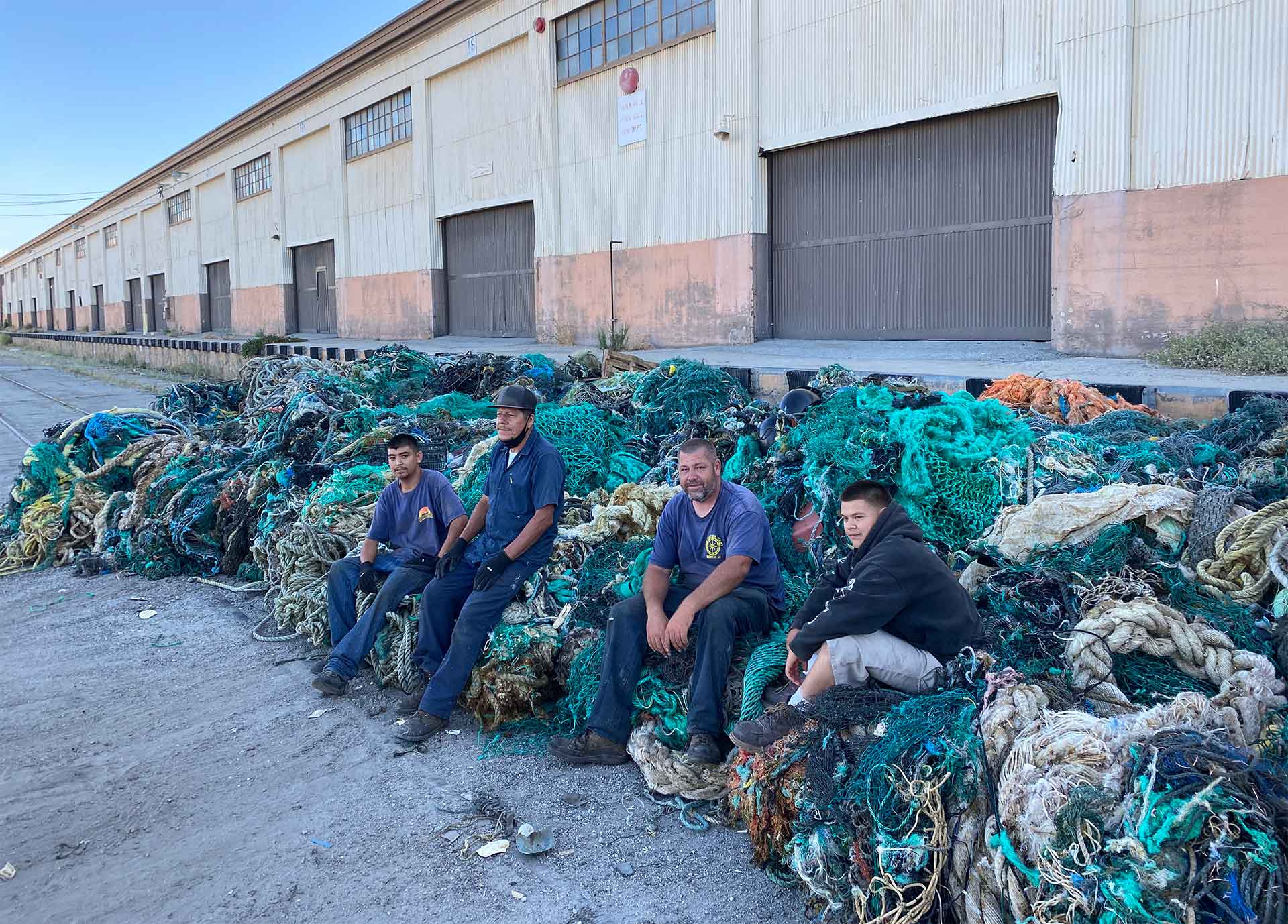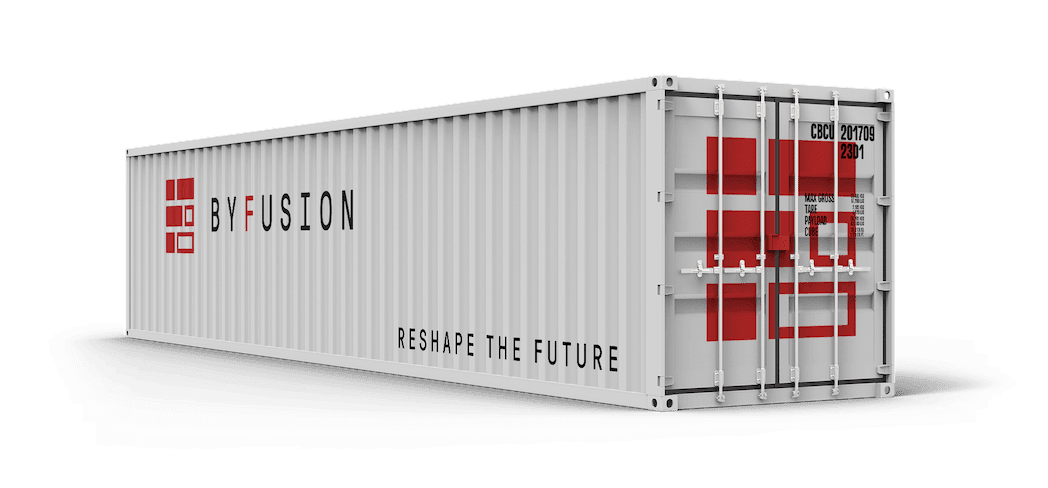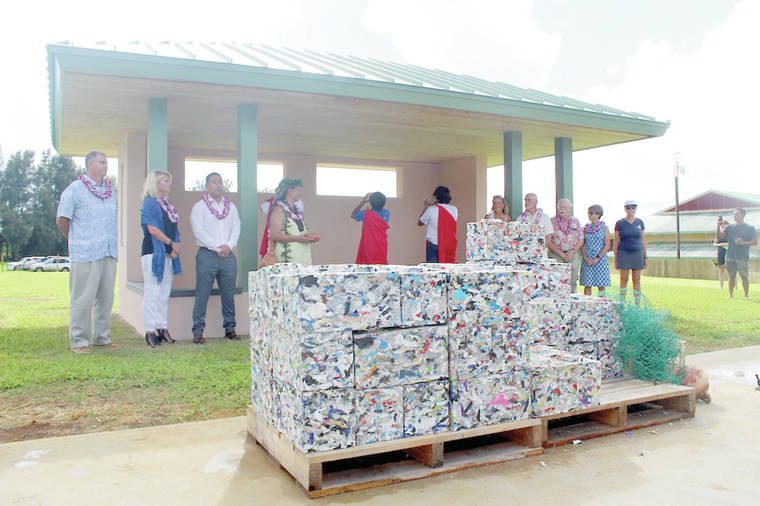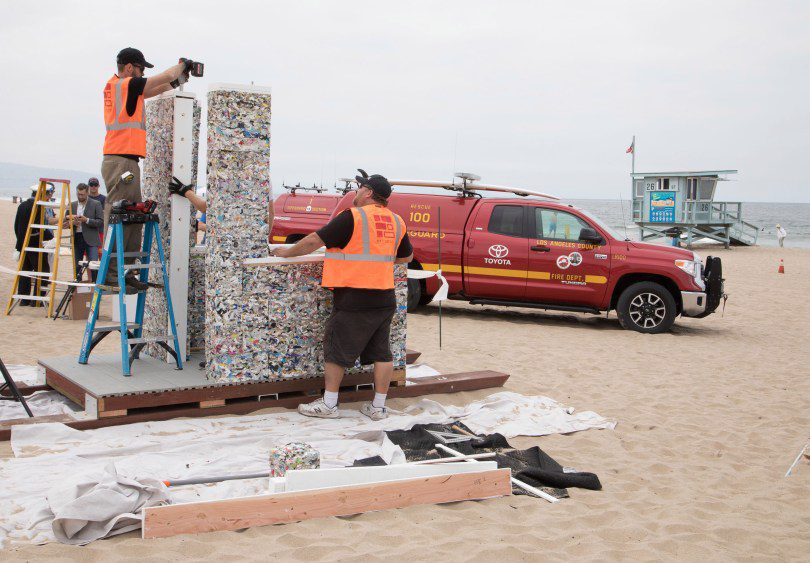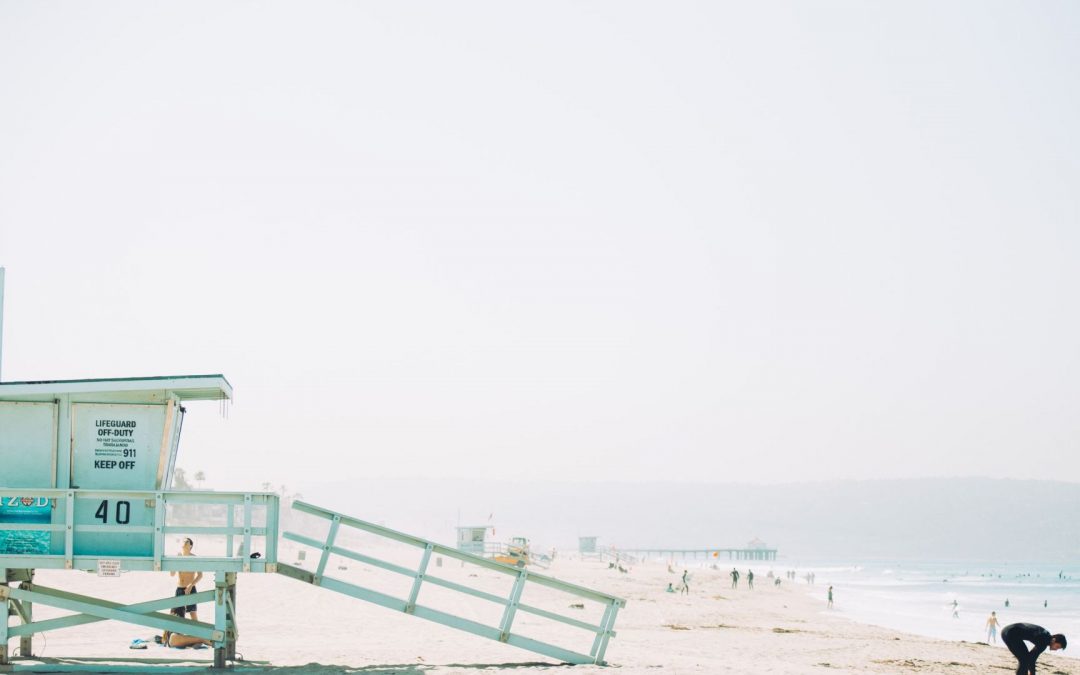This article is part of our (New York Times) November Design special section, which focuses on style, function and form in the workplace.
Unwanted plastics clog landfills and sully city streets and nature preserves. Most alarming to many, the material is beginning to overwhelm the planet’s oceans — from the ballooning Great Pacific Garbage Patch to trash discovered in the Pacific’s deepest reaches.
The amount of plastic streaming into the oceans is roughly the equivalent of a full garbage truck every minute, according to a 2016 report by the World Economic Forum, Ellen MacArthur Foundation and McKinsey & Company.
Even when we undertake the herculean job of scooping plastic trash from the sea or collecting it from beaches, the challenge remains: What to do with it?
This is the question that architects, designers and consumer product companies are now exploring.
At Snohetta, an architecture firm based in Norway, Stian Alessandro Ekkernes Rossi began Plast two years ago. Plast is a research project aimed at finding new uses for recycled plastics and encouraging people to see the material as a resource rather than waste.
Mr. Rossi, who is an architect by training, made his own machines to grind, melt and mold different types of plastic trash into strangely beautiful new materials, including some with glassy and opalescent finishes.
“It’s interesting how something that’s perceived as so low-end and cheap is really functional and long-lasting, and has amazing advantages,” he said.
“People were really upset and having a political debate about whether plastic was good or bad,” he added. “Plastic is good if it’s used smartly, and bad if it’s used poorly.”
To put Mr. Rossi’s research into practice, Snohetta partnered with Nordic Comfort Products, a furniture company in the north of Norway that had produced a best-selling side chair called R-48, designed in the 1960s. The company re-created the chair, now named the S-1500, with a marbleized shell made entirely from recycled plastic fishing nets, ropes and pipes reclaimed from area fish farms.
Now, Snohetta is in talks with other companies about bolder applications. “We’re looking closely at how we relate it to architecture and infrastructure,” Mr. Rossi said.
Others are finding uses for plastic before it reaches the water.
ByFusion, a company that turns plastic waste into concrete-like building blocks called ByBlocks recently built a demonstration lifeguard tower in June in Manhattan Beach, Calif., and a school pavilion in Lihue, Hawaii.
In 2017, the nonprofit Lonely Whale and the computer company Dell created NextWave, an initiative for developing products made of ocean-bound plastic. The current members are HP, General Motors, Ikea, Herman Miller, Humanscale, Trek Bicycle, Interface and Bureo.
“The goal is to turn off the tap of plastic going into the water,” said Dune Ives the executive director of Lonely Whale, who defined ocean-bound plastic as plastic trash within 50 kilometers, or about 31 miles, of a waterway or coastal area that is on the ground and “also likely never to be picked up because there’s no value to it.”
Dell’s NextWave project has been collecting plastic bottles and jugs in Indonesia that it transforms into packaging for electronics.
HP uses recycled ocean-bound plastic in its ink cartridges and has started incorporating some of the material in laptops and other computer hardware. In April, it reported gathering more than 25 million plastic bottles in Haiti.
Last year, Humanscale introduced the Smart Ocean task chair, a version of its Diffrient Smart Chair that uses almost two pounds of nylon from recycled fishing nets. The material comes from Bureo, a company that collects discarded fishing nets in Chile and recycles them into plastic pellets that can then be molded into new products.
Discarded fishing gear is a significant part of the problem, Ms. Ives said, estimating that it represents about 10 to 20 percent of all plastic in the oceans. A study of the Great Pacific Garbage Patch completed last year by Ocean Cleanup, a nonprofit, found that 46 percent of the mass was discarded fishing gear.
“When a fishing net reaches the end of its life, they just cut it loose and let it go into the ocean, where it does a tremendous amount of damage,” said Robert King, the chief executive of Humanscale. “Marine animals get tangled in it and killed, and it can destroy ecosystems on the bottom.”
To capture more of the material, Humanscale is now working with Bureo to transform nylon from fishing nets into thread that can be knitted into upholstery fabric. “Ultimately, we’d really like to turn most of our textiles into ocean textiles,” Mr. King said.
Humanscale is also developing a chair made entirely from ocean-bound plastic, which Mr. King said he hopes to introduce next year.
Bicycle components are incorporating troublesome plastics, as well. Trek used Bureo nylon to re-engineer its best-selling Bat Cage water bottle holder earlier this year, and and began making mud guards for all its electric mountain bikes out of recycled ocean-bound plastic in September.
“There are many other applications as well — we’re looking at bicycle saddles, grips, fenders,” said Stefan Berggren, a senior product compliance engineer at Trek. “We’ve challenged all our product groups.”These are early days, however, and the new products use only a tiny quantity of the plastic currently threatening ocean life.Eric Bjorling, the director of brand marketing and public relations at Trek, is nevertheless hopeful the initiative will grow. “Small hinges swing big doors: That’s a Trek-ism we use around here,” he said.Most people involved with recycling ocean-bound plastic stress the importance of expanding supply chains so they can capture more material, while also driving demand among manufacturers to use it.“The intention is really good,” said Graham Forbes, a global project leader focused on plastics at Greenpeace. However, “those supply chains, at least in the next 20 or 30 years, are never going to be able to catch up with the vast amount of production. In some ways, it reinforces the illusion that we can continue to use plastic in the throwaway model.”The organization is pushing for something more effective, he said: “Simply using less plastic.”Ikea is one NextWave company doing just that. In June, furniture giant introduced Musselblomma, its first small collection of products made with ocean plastic. Comprising a reusable bag, cushion cover and tablecloth designed by Studio Inma Bermúdez, in Valencia, Spain, the collection is made partly from plastic waste pulled out of the Mediterranean Sea by Spanish fishermen.At the same time, the company has committed to removing all single-use plastics from its range by the beginning of 2020. “That’s the plastic straws, freezer bags, garbage bags and a number of other items, both those that we sell in our stores, but also the plastic items we use in the restaurants and bistros in all of our stores, globally,” said Caroline Reid, Ikea’s sustainability development manager.These efforts are part of Ikea’s larger goal, Ms. Reid said, to become “a circular business by 2030,” using only renewable and recycled materials. “It’s really about eliminating waste,” she said, “and making sure we live within the limits of our planet.”
